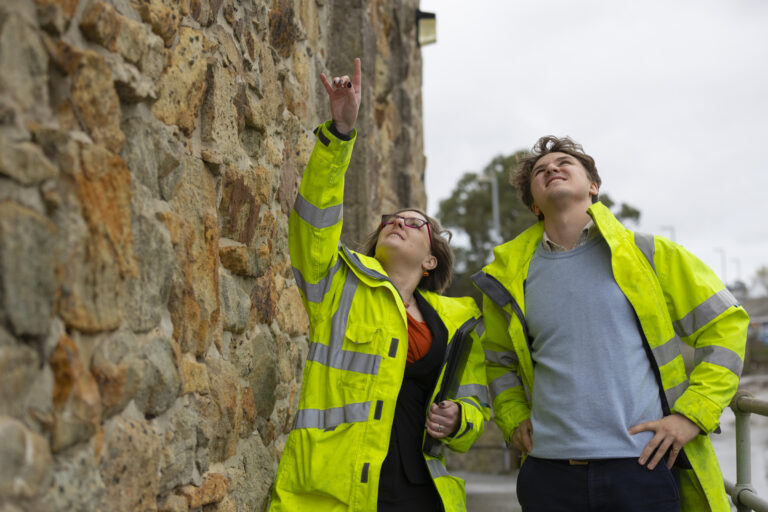Working with historic or listed buildings is a speciality of our building surveying team. As of 2022, the South West was home to 24% of all listed buildings recorded in the National Heritage List for England, with a further 35% of all scheduled monuments located in the area. Of course, this figure doesn’t account for the many thousands of un-designated historic or period buildings that can be found in the rural and urban conurbations, be it residential, commercial or ecclesiastical property, to name a few.
With the above in mind, we, as building surveyors, are exposed to a great many opportunities for tailoring and applying our specialist advice on a broad palette of survey types, and of course, construction projects. There are all too many cases in the profession and wider construction industry where a broad-brush approach is taken to historic buildings by unknowing or otherwise ill-advised construction personnel, with frequent application of incompatible contemporary materials to buildings that must ‘breathe’ to remain both safe and comfortable for habitation. This is a growing and particularly prevalent problem in dwellings where occupants spend a large amount of time indoors, as we often read in the news with the usual cases of water ingress, damp and mould growth. This, however, doesn’t need to be the case and can often be avoided with minimal cost and light-touch intervention. We always recommend that a bespoke, planned maintenance regime is undertaken, which is a service we are able to confidently offer our clientele.
Unfortunately, there is a wide misunderstanding of rights and permissible works when it comes to developing Listed buildings, or buildings in Conservation Area. There is usually always a way of achieving a successful renovation or repair project providing that the correct approach is taken. As part of our services, we are able to manage the entire process from inception of an idea, to obtaining Listed Building Consent from the local authorities, to the finished article. This could be something as small as replacing a decayed sash window, or as large as a wholesale re-roofing project. While projects can become costly (often where clients have been incorrectly advised at the start of projects), costs can be greatly reduced by getting it right the first time and working conscientiously with the local authorities. A job worth doing is worth doing well, after all.
We are fortunate enough to have been able to advise, survey, report on and manage a host of projects for our clients with successful outcomes. We recently provided advice to a residential management company who were looking to repair and replace 35 traditional sash windows that had fallen into major disrepair on a Georgian-era, Grade II Listed urban residence. All windows were in different states of repair (and construction) and therefore needed to be individually coded and assessed for the purposes of the application for Listed Building Consent. We were able to work with both Cornwall Council and local craftsmen to provide design and access statements, condition reports, schedules of work and detailed drawings to support the client’s application for Listed Building Consent, which were accepted without recourse. Working tactfully with the Authority is a key pillar of a conservation project, especially as it is such a subjective area of work, where every building is different, and professionals often have nuanced approaches to the legal guidance/legislation that covers works to Listed buildings.
We would be really pleased to hear from anyone who is looking to have an inspection, survey or project undertaken to their traditional/Listed building or structure. This also extends to anybody who is looking to seek prompt advice on outstanding defects in need of attention.
Article by Luke Osborne, Building Surveyor at Vickery Holman.





